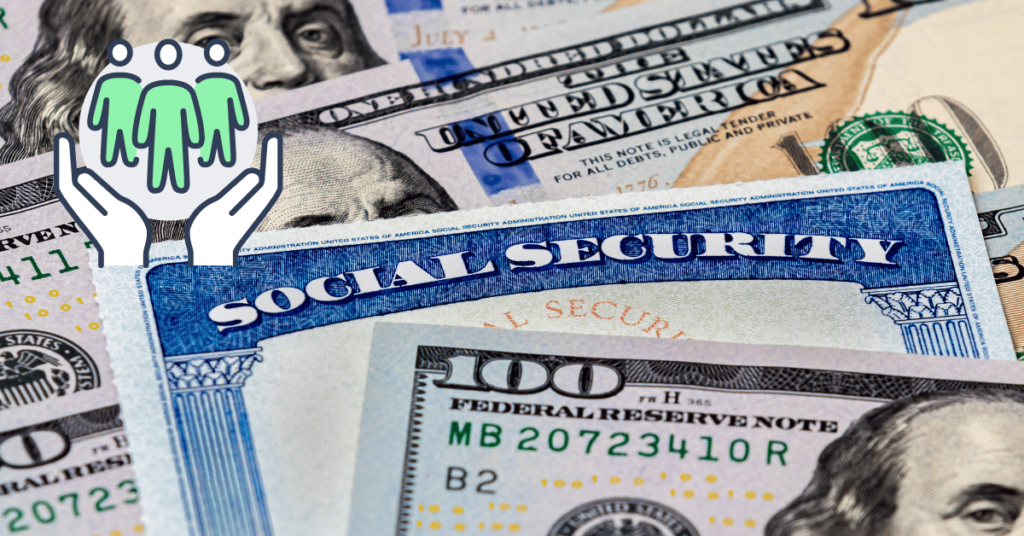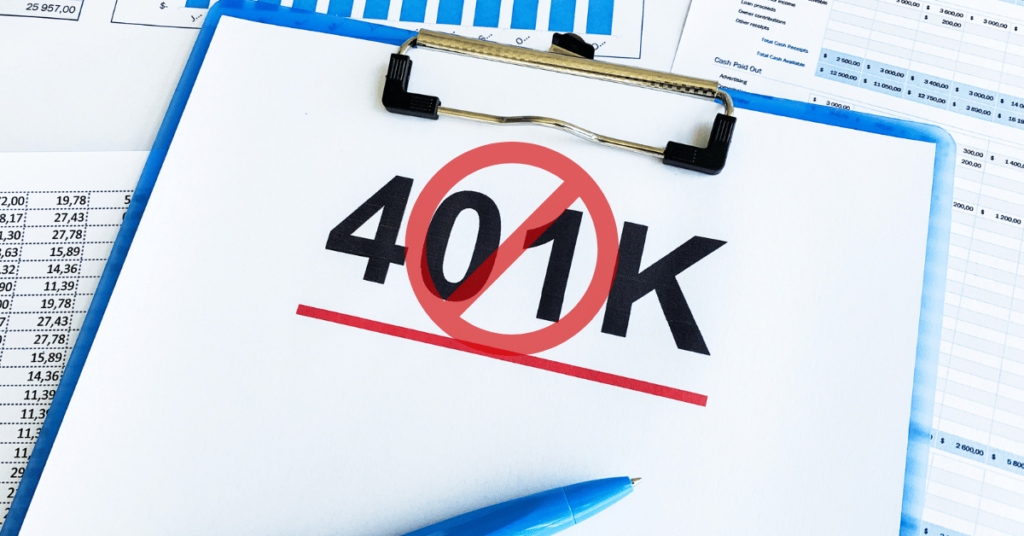Retirement planning can be challenging for gig economy workers, who often lack access to traditional retirement benefits like 401(k) plans and pensions. However, with the right budgeting strategies, gig workers can still build a comfortable retirement.
This guide will cover essential tips and steps for budgeting for retirement as a freelancer or self-employed individual, focusing on how to save, invest, and plan effectively.
Retirement Challenges for Gig Workers

Unlike employees with a fixed income and employer-sponsored benefits, gig workers face unique retirement challenges:
- Irregular Income: Freelancers often have fluctuating monthly income, making it harder to predict savings.
- Lack of Employer Benefits: No access to traditional 401(k) plans or pension programs.
- Self-Funded Savings: Gig workers must handle all retirement savings independently, without employer contributions.
These challenges make it essential for gig workers to adopt a disciplined approach to budgeting and saving for retirement.
Step 1: Track Your Income and Expenses
The first step to budgeting for retirement is knowing exactly how much money is coming in and going out each month. This helps create a realistic savings plan.
Track Your Income
Because gig work often involves fluctuating income, it’s crucial to monitor earnings carefully. Use apps or tools like QuickBooks or Mint to track your income from multiple clients or sources.
- Average Your Income: Calculate the average income over a period (e.g., 6 months) to create a baseline for your budget.
Track Your Expenses
Identify fixed expenses (rent, utilities, etc.) and variable expenses (entertainment, travel). This will give you a clearer picture of how much you can save each month.
- Separate Business and Personal Expenses: Many freelancers mix business and personal expenses, making it harder to track cash flow accurately. Keep separate accounts if possible.
Step 2: Build an Emergency Fund
Before you start saving for retirement, establish an emergency fund. This ensures you won’t dip into your retirement savings for unexpected expenses.
How Much Should You Save?
Gig workers should aim to save at least 6-12 months’ worth of expenses in their emergency fund, as their income can be less predictable than that of salaried workers.
Step 3: Create a Retirement Savings Plan

Choose the Right Retirement Account
Several retirement account options are available for gig workers. The most common include:
- SEP IRA (Simplified Employee Pension): This is a tax-deferred plan where freelancers can contribute up to 25% of their income or $66,000 (whichever is lower).
- Solo 401(k): Allows contributions both as an employee and an employer, with a combined maximum contribution of up to $66,000.
- Traditional or Roth IRA: For those who may not need a large retirement plan, the annual contribution limit is $6,500 (or $7,500 for those aged 50 and older).
Set Savings Goals
After setting up the right retirement account, determine your savings goal based on your retirement age and lifestyle. Use retirement calculators to estimate how much you’ll need, factoring in the following:
- Retirement Age: Decide at what age you want to retire.
- Lifestyle: Consider your desired post-retirement lifestyle (travel, hobbies, healthcare, etc.).
- Longevity: Plan for a longer retirement as life expectancy continues to increase.
Step 4: Automate Savings and Investments
Automate Contributions
Since gig workers don’t have automatic paycheck deductions for retirement, it’s essential to set up automated transfers from your bank to your retirement accounts each month. This can be done through apps like Acorns or Wealthfront, or directly with your retirement account provider.
Investment Strategy
For retirement savings to grow, it’s important to invest them wisely. Here are some tips:
- Diversify: Spread your investments across different asset classes (stocks, bonds, real estate).
- Risk Tolerance: Choose investments that match your risk tolerance. For younger gig workers, a higher percentage of stocks might be suitable, while older workers might prefer bonds.
- Low-Cost Index Funds: Consider investing in low-cost index funds to minimize fees and maximize long-term returns.
Step 5: Plan for Taxes
Gig workers must also plan for taxes when budgeting for retirement. Since freelancers don’t have taxes automatically withheld, they should be proactive about estimating and saving for tax obligations.
Estimated Tax Payments
Gig workers must pay quarterly estimated taxes. You should estimate how much you’ll owe and set aside money each month.
Tax-Advantaged Accounts
Utilize tax-advantaged accounts like SEP IRAs and Solo 401(k)s to reduce taxable income while building your retirement savings.
Step 6: Plan for Healthcare Costs
Healthcare can be one of the largest expenses in retirement, especially for gig workers who aren’t covered by employer plans. Include health insurance and medical costs in your retirement budget.
Options for Healthcare
- Health Savings Accounts (HSAs): If you have a high-deductible health plan, contribute to an HSA to cover future healthcare costs with tax advantages.
- Medicare: Understand your Medicare options and costs. Gig workers retiring before age 65 may need to purchase private insurance or use the Affordable Care Act marketplace.
Conclusion
Budgeting for retirement as a gig worker requires careful planning, disciplined savings, and smart investing. By tracking income, automating savings, and leveraging the right retirement accounts, gig workers can secure a comfortable retirement despite the challenges of irregular income. Starting early and setting realistic financial goals are key to building a solid foundation for the future.
If you have any further questions feel free to comment down below or contact retiresmart for any help!
FAQs
What is the best retirement account for gig workers?
The best options are typically a SEP IRA or a Solo 401(k), which offer higher contribution limits and tax advantages.
How much should a gig worker save for retirement?
A general rule is to save at least 15-20% of your income for retirement, but this depends on individual goals and lifestyle.
Can gig workers receive Social Security benefits?
Yes, gig workers are eligible for Social Security benefits if they have paid into the system through self-employment taxes over their career.
What are the challenges of retiring as a gig worker?
Gig workers face challenges like irregular income, lack of employer-sponsored retirement plans, and the need to self-fund their retirement savings. Planning ahead can mitigate these challenges.
How can gig workers protect themselves from income fluctuations in retirement?
Building an emergency fund, automating savings, and investing in diverse assets can help protect gig workers from income fluctuations during retirement.




